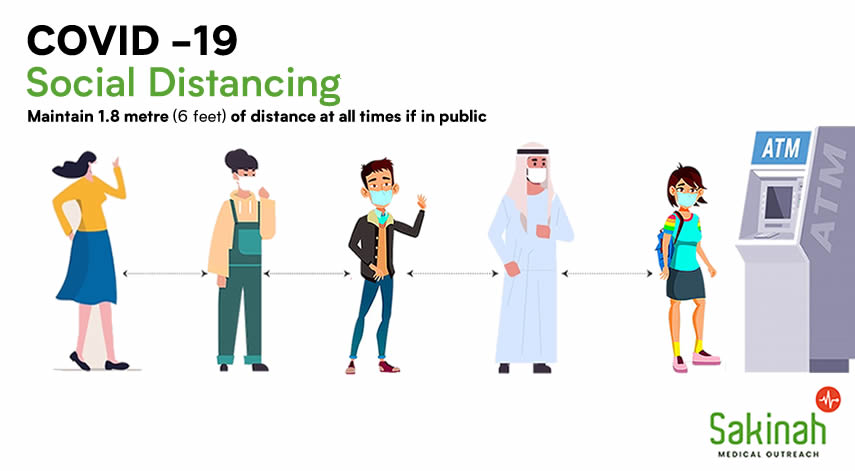As the novel coronavirus COVID-19 spreads across the world — with more than 200,000 cases and 8,000 deaths globally — health and government officials are scrambling to get a handle on what the World Health Organization (WHO) has officially declared a pandemic.
But one method health experts and Centers for Disease Control and Prevention (CDC) officials are suggesting to limit a person’s risk of exposure — or of spreading the virus, which the CDC says is transmitted through droplets from coughs and sneezes between people who are up to six feet apart from one another — is “social distancing.”
What is social distancing?
Social distancing involves “remaining out of congregate settings, avoiding mass gatherings, and maintaining distance” whenever possible to limit the ability of the virus to spread.
Social distancing is not the same as self-quarantine or isolation, two other practices being utilized to minimize the coronavirus spread. The key difference is that quarantine or isolation restricts the movement of people within a certain area or zone to limit transferring and spreading infection. Social distancing places no such locational constraints, rather it is a behavioral practice to lower the risk in most circumstances.
“Social distancing is a very general term, so there are a bunch of different types of measures that can fall under it,” Dr. Susy Hota, an Infectious Diseases Specialist and Hospital Epidemiologist at the University of Toronto’s research hospital University Health Network (UHN).
Examples include people choosing (or being allowed) to work from home would count as social distancing, canceling mass gatherings and events, religious activities, and stopping school activities etc. All of these measures are trying to achieve the same thing, “preventing the spread of any contagious disease like the coronavirus”. It is widely viewed as an effective behavior and something that anyone and everyone should practice. Thereby reducing the risk factor of spreading the disease until it dies out.
Notably, that risk factor is related to both one’s self and to others — even if you’re young and healthy and are unlikely to be gravely impacted by Coronavirus, keeping a distance from others could limit the impact on the elderly or more vulnerable people.
How should people implement social distancing?
People have lives that they need to continue to live so rather than fully isolate, by creating distance between [yourself and other] people you can reduce the likelihood that the virus can be transferred. Therefore, it is necessary to implement social distancing, by following the rules below;
- Maintain 1.8 metre (6 feet) of distances at all times in the public.
- Avoid all social gatherings more than 50 people at viewing centres, game houses, cinemas, parties, places of worship, schools etc.
- Avoid unnecessary traveling.
- Work from home, if necessary.
- Use delivery companies or ride-hailing companies for all forms of packages including groceries.
- Maintain personal space by avoiding overcrowding, while using public transport, elevators, escalators etc.
- Suspend all forms of social activities like going to clubs, beaches, stadiums etc.
- Making sure to wash their hands or use hand sanitizer frequently.
- Workplaces, as well as homes and other communal spaces people are utilizing for the implementation of their social distancing routines, should be cleaned frequently.
- Maintain personal hygiene practices while in public; cover your mouth during coughing or sneezing, do not spit around, trash all wastes properly etc.
Sources:
Times-News: https://time.com/5800442/social-distancing-coronavirus/
WHO: https://www.who.int/emergencies/diseases/novel-coronavirus-2019/advice-for-public
CDC: https://www.cdc.gov/coronavirus/2019-ncov/community/index.html

